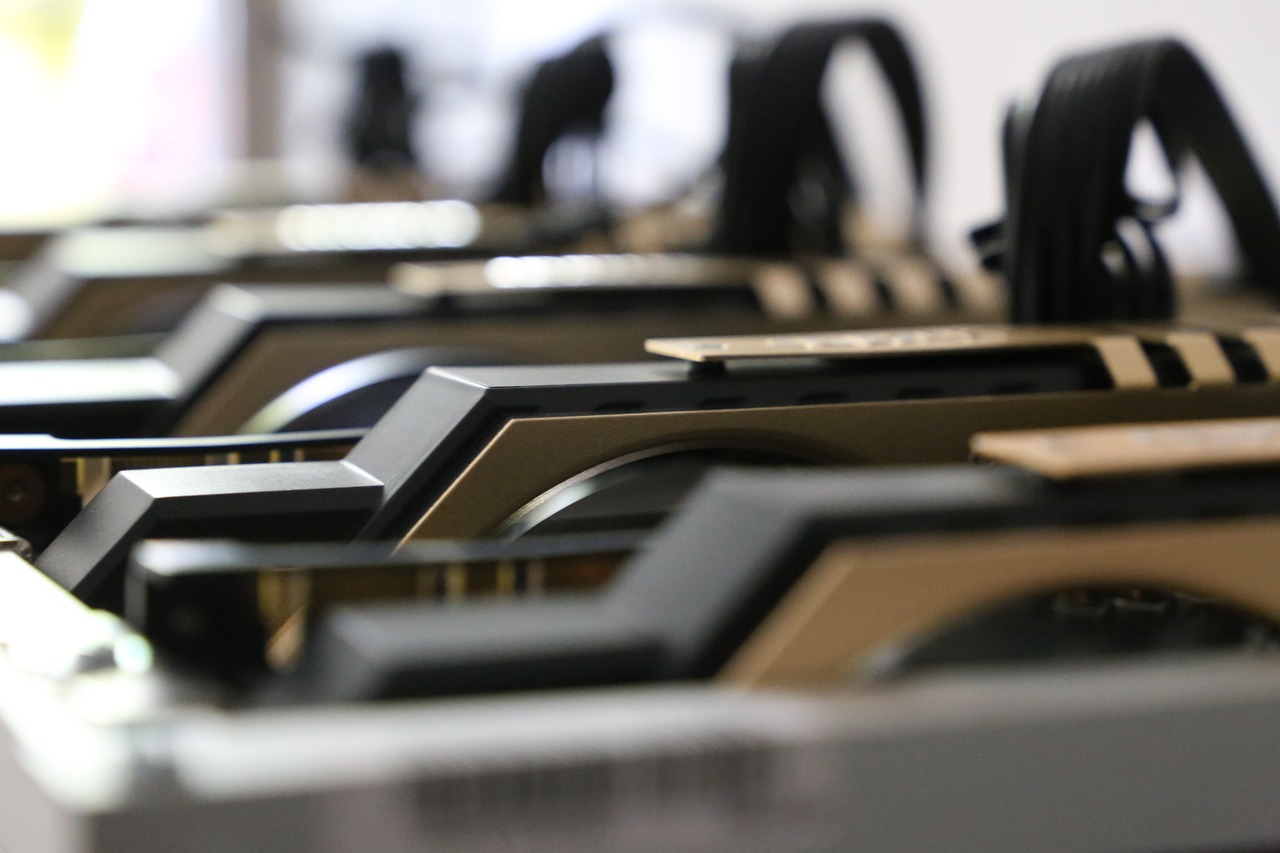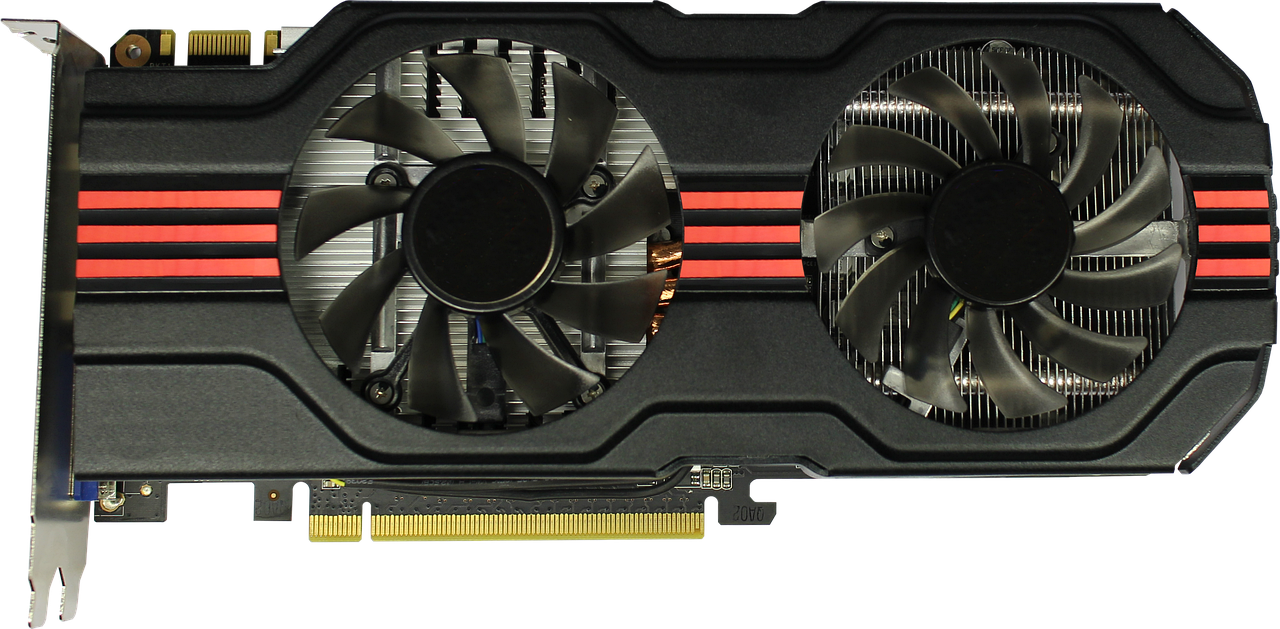You will need two or more GPUs that are SLI or CrossFire enabled, as well as a bridge for connecting your cards. You can have up to four graphics cards in a normal PC, and you can link them using either SLI or Crossfire, depending on the manufacturer, to increase their capabilities and make a single, large GPU. Even if you are not using a multi-GPU configuration, having two graphics cards could still be advantageous, since you can swap them out for different purposes. By installing two or more graphics cards, your PC is able to split workloads among video cards.
If you are a researcher, a video editor, or any other app that requires massive processing power, having more GPUs running your job much faster than depending on a single card. Adding a second graphics card to your PC can provide it with a significant boost in performance, particularly if you are using demanding applications or playing games. If you are not playing video games or using dual monitors with your computer, you will not see any increase in the systems performance from running two graphics cards.
While technically it is possible to connect two monitors to one computer using two graphics cards, this feature is not readily available. You can install several separate graphics cards on one machine if you wish to use virtualization to convert one physical machine into several virtual machines. If you are looking to add a secondary graphics card to a PC in order to support two extra monitors, you can as long as the GPU is different than what is used in your SLI setup, and if it is NVidia PhysX-capable.
If you are a gamer, you will want to have a decent graphics card in your gaming setup in order to provide quality graphics. Even with two top-tier graphics cards, the lower-end CPU may limit how much data your computer system provides for dual graphics cards.
Two, three, or four individual graphics cards of a single product family (three Nvidia GTX 580s, for instance, or one Radeon HD 7850 and one HD 7870) can be connected within the system to share graphics rendering load, and (ideally) improve performance. For instance, one full-size GPU could be added to a desktop, whereas a smaller form-factor system may allow for just one or two GPUs. With crypto GPU mining, you may connect as many as nine GPUs, whereas with a CPU, you may only use two, unless they are virtual CPUs.
If you are looking to create multi-GPU(x3) mining rig, you can use one with at least 3 PCI-E slots. If you do not, then you can use riser cards which can split one PCI-E slot into two. Graphics cards must also be connected using bridge connectors that are often included in either a card or a motherboard, and the SLI/Crossfire function needs to be enabled on the graphics drivers control panel too (we will show how in the next section).


